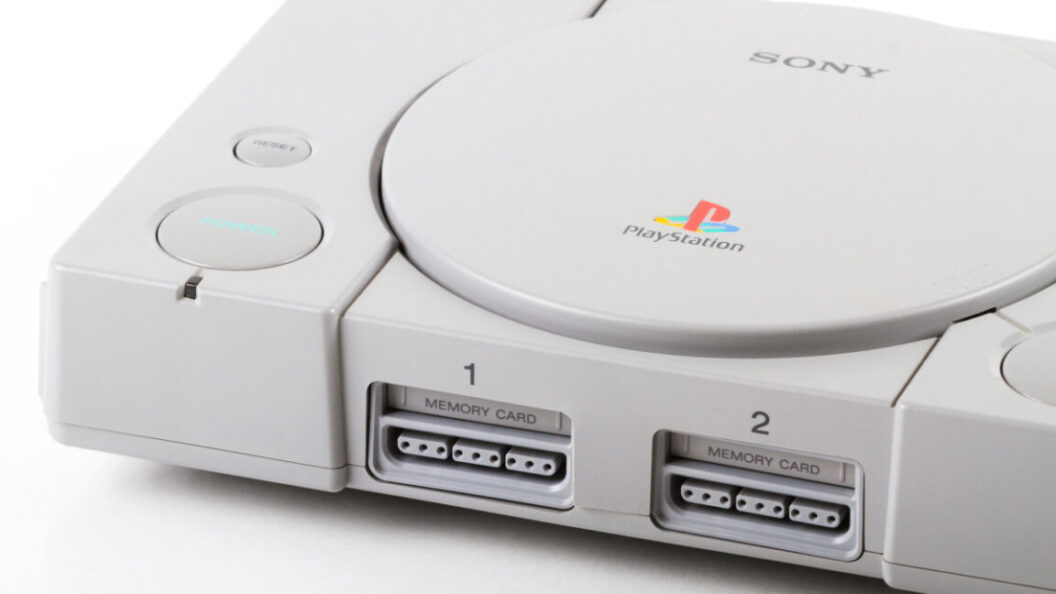nsOne Project: A Leap Forward in PlayStation 1 Homebrew Hardware
The nsOne project marks a significant advancement in the realm of retro gaming, particularly for PlayStation 1 enthusiasts. Emerging amid a thriving community of homebrew hardware developments, this project distinguishes itself by promising to provide fully functional motherboards designed for the original PlayStation console.
Growing Community of PlayStation 1 Innovations
Innovative solutions like the Picostation, a Raspberry Pi Pico-based optical disc emulator, have already started reshaping how PlayStation 1 consoles operate. This device allows gamers to load games from SD cards, bypassing aging physical discs. Other notable optical disc emulators such as MODE and PSIO have gained popularity among collectors, especially as many original optical drives begin to fail. This trend highlights the urgency to maintain retro gaming’s legacy.
Journey of Discovery
Lorentio Brodesco, the mastermind behind the nsOne project, embarked on a detailed exploration of the PlayStation 1’s motherboard by physically inspecting its internal architecture. Brodesco meticulously sanded down an original motherboard to unveil its layers, ultimately finding that existing documentation was either scant or non-existent.
"I realized that detailed documentation on the original motherboard was either incomplete or entirely unavailable," Brodesco recounted during his Kickstarter campaign. This discovery prompted a comprehensive documentation effort that aimed not just to repair the technology but to create an entirely new functional version of the motherboard.
Modernizing Classic Architecture
Using advanced methods like optical scanning and meticulous reverse-engineering, Brodesco has recreated the PlayStation 1’s schematic using contemporary PCB design software. This intricate process involved creating accurate component symbols and mapping pin connections, as many proprietary elements from Sony were not publicly documented.
In his research, Brodesco identified what he terms the “minimum architecture” necessary for the console to boot sans BIOS modifications, aiding in a more streamlined design while preserving complete compatibility with original hardware.
Validation and Future Plans
The initial mock-up of the nsOne motherboard validates all basic components and connectors, which have been redrawn from scratch. Brodesco announced that a fully routed version with complete multilayer routing is currently in development, further signaling progress in the project.
Brodesco describes his project’s overarching aim as creating comprehensive documentation, design files, and production-ready blueprints for manufacturing entirely functional PlayStation 1 motherboards. His commitment doesn’t just focus on repairs; it strives to preserve the technical heritage of the PlayStation 1.
Preserving Retro Gaming Heritage
Brodesco emphasizes the broader significance of his findings: “It’s a tribute to the PS1, to retro hardware, and to the belief that one person really can build the impossible.” His work transcends simple technological advancement; it serves as a vital resource for future generations of gamers and hobbyists who wish to explore the roots of gaming technology.
Conclusion: The Impact of nsOne
The nsOne project’s implications extend beyond just revitalizing a classic console; it symbolizes a larger movement within the retro gaming community. By ensuring that essential components of old hardware continue to be accessible, Brodesco’s efforts foster collaboration, creativity, and innovation amongst enthusiasts.
As retro gaming continues to gain traction among new generations, projects like nsOne stand to inspire others to delve into the intricate and rich histories of their favorite consoles, ensuring that they remain relevant in an increasingly digital age.









